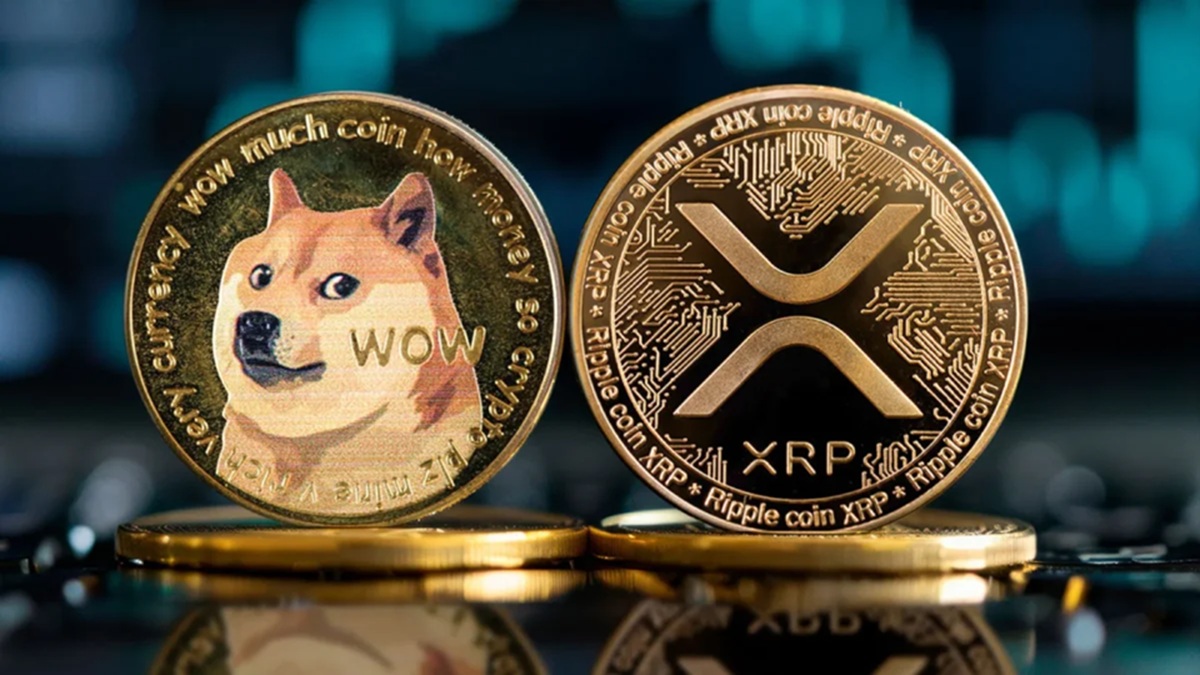Here is what you need to know on Friday, October 31:
The US Dollar (USD) stays resilient against its rivals early Friday, following a two-day rally that saw the USD Index climb to its highest level since early August. The European economic calendar will feature the preliminary October inflation data and several Federal Reserve (Fed) policymakers will be delivering speeches in the second half of the day.
US Dollar Price This week
The table below shows the percentage change of US Dollar (USD) against listed major currencies this week. US Dollar was the strongest against the British Pound.
| USD | EUR | GBP | JPY | CAD | AUD | NZD | CHF | |
|---|---|---|---|---|---|---|---|---|
| USD | 0.65% | 1.38% | 0.86% | -0.04% | 0.03% | 1.03% | 0.82% | |
| EUR | -0.65% | 0.75% | 0.30% | -0.68% | -0.54% | 0.38% | 0.17% | |
| GBP | -1.38% | -0.75% | -0.55% | -1.42% | -1.27% | -0.37% | -0.61% | |
| JPY | -0.86% | -0.30% | 0.55% | -1.01% | -0.93% | 0.02% | -0.17% | |
| CAD | 0.04% | 0.68% | 1.42% | 1.01% | 0.01% | 1.07% | 0.82% | |
| AUD | -0.03% | 0.54% | 1.27% | 0.93% | -0.01% | 0.92% | 0.67% | |
| NZD | -1.03% | -0.38% | 0.37% | -0.02% | -1.07% | -0.92% | -0.25% | |
| CHF | -0.82% | -0.17% | 0.61% | 0.17% | -0.82% | -0.67% | 0.25% |
The heat map shows percentage changes of major currencies against each other. The base currency is picked from the left column, while the quote currency is picked from the top row. For example, if you pick the US Dollar from the left column and move along the horizontal line to the Japanese Yen, the percentage change displayed in the box will represent USD (base)/JPY (quote).
The European Central Bank (ECB) announced on Thursday that it left key rates unchanged following the October policy meeting, as expected. In the policy statement, the ECB reiterated that they not “pre-committing” to a particular rate path. While responding to questions from the press, ECB President Chritsine Lagarde noted that they are in a period of great uncertainty and added that a stronger Euro (EUR) could bring down inflation further than expected. After losing more than 0.4% on Wednesday, EUR/USD extended its slide on Thursday and lost about 0.3% for the day. Early Friday, the pair fluctuates in a tight channel above 1.1550. On a yearly basis, the Harmonized Index of Consumer Prices (HICP) in the Eurozone is forecast to 2.1% in October.
The data from Japan showed early Friday that annual inflation in Tokyo, as measured by the change in the Consumer Price Index (CPI), rose to 2.8% in October from 2.5% in September. After gaining about 1% and climbing to its highest level since early February near 154.50 on Thursday, USD/JPY seems to have entered a consolidation phase. At the time of press, the pair was virtually unchanged on the day at 154.20. In response to excessive Japanese Yen weakness, Japan’s Finance Minister Satsuki Katayama intervened verbally on Friday, noting that it was “important for currencies to move in a stable manner, reflecting fundamentals.” Once again, he repeated that the government was “closely watching FX moves with a high sense of urgency.”
With the CME Group FedWatch Tool’s probability for a 25 basis points (bps) Fed rate cut in December dropping below 70% from around 90% ahead of the Fed meeting earlier in the week, the USD continued to outperform its rivals. Early Friday, the USD Index holds steady above 99.50, while US stock index futures trade in positive territory.
Pressured by the broad-based USD strength, GBP/USD closed the third consecutive day in negative territory on Wednesday. The pair stays relatively quiet in the European morning on Friday and trades below 1.3150, losing about 1.3% on a weekly basis.
Gold rose more than 2% on Thursday and snapped a four-day losing streak. XAU/USD moves sideways above $4,000 early Friday but remains on track to end the second consecutive week in negative territory.
Central banks FAQs
Central Banks have a key mandate which is making sure that there is price stability in a country or region. Economies are constantly facing inflation or deflation when prices for certain goods and services are fluctuating. Constant rising prices for the same goods means inflation, constant lowered prices for the same goods means deflation. It is the task of the central bank to keep the demand in line by tweaking its policy rate. For the biggest central banks like the US Federal Reserve (Fed), the European Central Bank (ECB) or the Bank of England (BoE), the mandate is to keep inflation close to 2%.
A central bank has one important tool at its disposal to get inflation higher or lower, and that is by tweaking its benchmark policy rate, commonly known as interest rate. On pre-communicated moments, the central bank will issue a statement with its policy rate and provide additional reasoning on why it is either remaining or changing (cutting or hiking) it. Local banks will adjust their savings and lending rates accordingly, which in turn will make it either harder or easier for people to earn on their savings or for companies to take out loans and make investments in their businesses. When the central bank hikes interest rates substantially, this is called monetary tightening. When it is cutting its benchmark rate, it is called monetary easing.
A central bank is often politically independent. Members of the central bank policy board are passing through a series of panels and hearings before being appointed to a policy board seat. Each member in that board often has a certain conviction on how the central bank should control inflation and the subsequent monetary policy. Members that want a very loose monetary policy, with low rates and cheap lending, to boost the economy substantially while being content to see inflation slightly above 2%, are called ‘doves’. Members that rather want to see higher rates to reward savings and want to keep a lit on inflation at all time are called ‘hawks’ and will not rest until inflation is at or just below 2%.
Normally, there is a chairman or president who leads each meeting, needs to create a consensus between the hawks or doves and has his or her final say when it would come down to a vote split to avoid a 50-50 tie on whether the current policy should be adjusted. The chairman will deliver speeches which often can be followed live, where the current monetary stance and outlook is being communicated. A central bank will try to push forward its monetary policy without triggering violent swings in rates, equities, or its currency. All members of the central bank will channel their stance toward the markets in advance of a policy meeting event. A few days before a policy meeting takes place until the new policy has been communicated, members are forbidden to talk publicly. This is called the blackout period.
Source: https://www.fxstreet.com/news/forex-today-us-dollar-clings-to-weekly-gains-as-central-bank-dust-settles-202510310742


